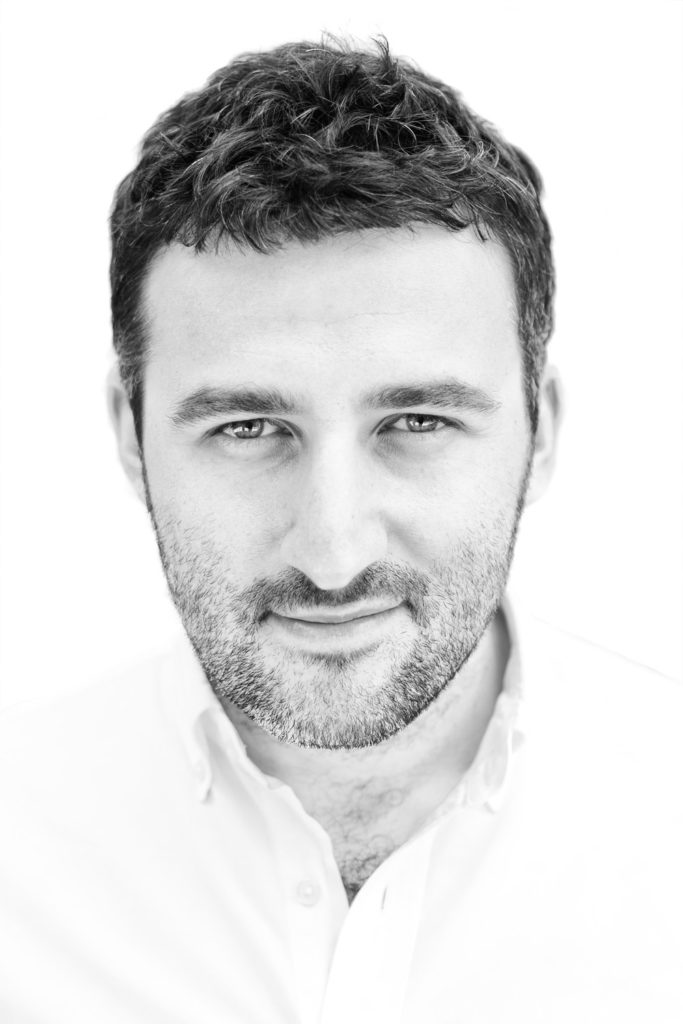Photojournalism may seem easy these days, after all, everyone has a camera phone and these cameras are good enough to record any event worth posting on the cover of the New York Times, for example. It is even easier to post this image in the Then, what differentiates the real photojournalism of the amateur photographer who has a cell phone and is in the right place at the right time?Photojournalism means more than that. Originally, this field of photography was a serious and thoughtful journalism, centered on the visual impact of a story. Are you planning on following this race? So here are some tips for immersing yourself in this world:
One of the most important things in this business is planning, if you don’t know what you’ll need before you go to the field, you won’t have the necessary photographic equipment and you won’t look in the right direction when something important happens. Photojournalism is rarely the capture of unexpected events, it is the capture and unexpected moments in planned events.
- Much of this profession comes from expectation and patience.
- If you’re in a situation where you know something is likely to happen.
- The question is.
- “What’s going to happen?”You have to be constantly vigilant.
- Look for visual details that explain something relevant to anyone who sees your image.
This branch of photography is not an artistic expression, it is a matter of the viewer knowing exactly what is happening at the time of recording, it is tempting to look at the artistic possibilities of each scene and you may be frustrated to have to record exactly. events, but anyone who sees your photo expects the reality of photojournalism. When you arrive at the scene, place your equipment with the appropriate exposure to properly capture the light, so that the main subject is very evident. I’ll have to make a quick decision; you don’t want to waste time adjusting the camera’s exposure settings. At the same time, you don’t want to use auto exposure, which is set to normal light, and this can mask some details if the lighting conditions deflight a little from that. As a photographer, you must be in control of your equipment and manually configure your camera according to the environmental conditions to be represented.
One of the advantages of using a high-resolution digital camera is the ability to edit and crop the image with ease. The purpose of the photojournalist’s images is to divert the viewer’s attention to the important elements. Due to the speed of events, you often won’t be able to mount all the photos around a composition that orients your eyes and orients people to what you want them to see. Sometimes you’ll have to crop the photo to show only the most important thing. With high resolution, you have the advantage of cropping large areas of an image after you save it. Note that cropping is the only editing feature you can use. There are several photojournalist scandals that have retouched and manipulated an image to create a different story from the original. who sees your image trusts you and you must respect that trust.
Needless to say, if the main element of a photojournalist’s image is blurry, the viewer will not stop looking at it. A novice photojournalist may be tempted to capture as long a focal length as possible, but deepening the field can be a valuable tool. You just need to use it carefully. If you’re lucky enough to be close to your main theme, is it possible to blur the whole background and highlight it alone?It is an important resource in journalistic photography. You’ll need to plan and have the ability to concentrate properly. To do this, it is recommended to use the manual focus of the camera to make sure that only what you want develops.
Choosing what you want to focus on is an important aspect of photojournalism. Sometimes you go to an event because you know there’s something particularly important you want to capture, but sometimes you’re just looking for something worth being news. go to a journalistic event with what you want to photograph already in mind. Sometimes it will be your editor’s decision, but sometimes it will be up to you to take the initiative, so you should have discipline and knowledge of your subject.
If you want to photograph in public it’s important that you know the rights of the people you’re going to represent, so what do celebrities, politicians and lifeguards need?Sacrifice? Privacy in the name of photojournalism, you have to be careful when creating images of “ordinary people”. You should also be careful where these photos are taken. In a public place, it’s much easier to say that you have the right to photograph someone. Now, when you’re in a private space, business gets harder. It is always good to be prepared with a permit application if prohibited. Do not practice photojournalism casually. What you record can change the lives of the people who are represented in your images and the lives of the people who see them. Always come to the place with the respect everyone deserves.

